This is the seventh in a series of posts, each one about an island we’re visiting while on our grand tour of French Polynesia. (The first post was about Mo’orea, the second was about Rangiroa, the third was about Fakarava, the fourth was about Hiva Oa, the fifth was about Nuku Hiva and also included a “status check” on the trip so far, and the sixth was about Raiatea and Taha’a.)
Maupiti is the farthest west of all the inhabited islands of French Polynesia, although not by much. It sits just 35 miles west of its far more famous sister island, Bora Bora, and 195 miles WNW of the main island of Tahiti. (To put that into perspective, Nuku Hiva, the island we visited a few weeks ago, is 860 miles from Tahiti.)
Early in this trip, as we told people all the islands we’d be visiting, at least two of them told us Maupiti was their favorite, and it was because of the incredibly laid-back vibe of the place. In 2004, the local population of about 1,200 voted “No” to a hotel chain building a resort there, preferring to maintain the slow pace. There is only one pass from the ocean into the lagoon, and it’s widely regarded as one of the most dangerous in all of French Polynesia, so not many sailboaters go there. None of the restaurants are open for dinner. So if you go, be prepared to slow down the pace of life while you’re there.
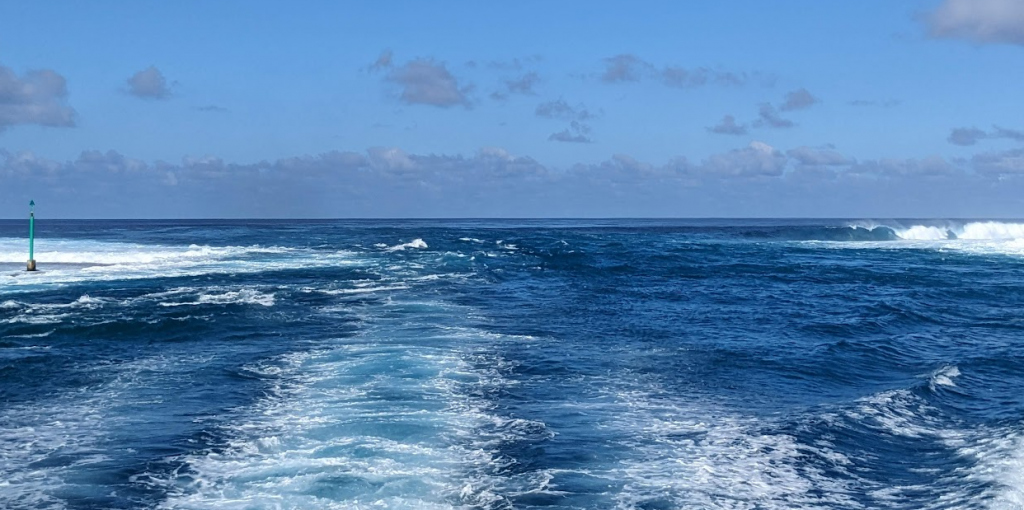
But we really liked it! Not enough to unseat Raiatea from the #1 spot on our list of islands in FP where we would choose to live for two years – but if we ever return to FP, you can bet we’ll spend a week on Maupiti.
We hiked to the top of the tallest peak, about 1,200 feet up. It was not only the most challenging hike we’ve done on this trip, but the most challenging we’ve ever done together, and for me, at least, probably the most challenging I’ve ever done. It took about an hour and 15 minutes to get to the top, and almost as long to get back down, because the last 1/3 of the trail involves actual climbing of rocks, with each step considered very carefully, and made only after both hands had found good purchase on a rock or tree or root. But the view from the top was worth it! On the day we did it, conditions were good enough that we could easily see Bora Bora 35 miles away, but we could also see Taha’a, and Raiatea, 60 miles away.
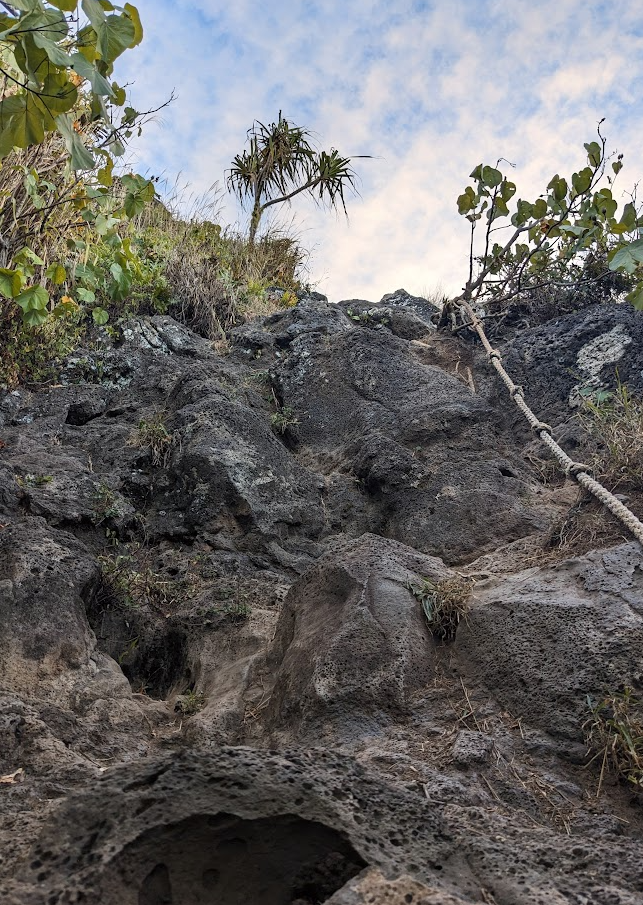
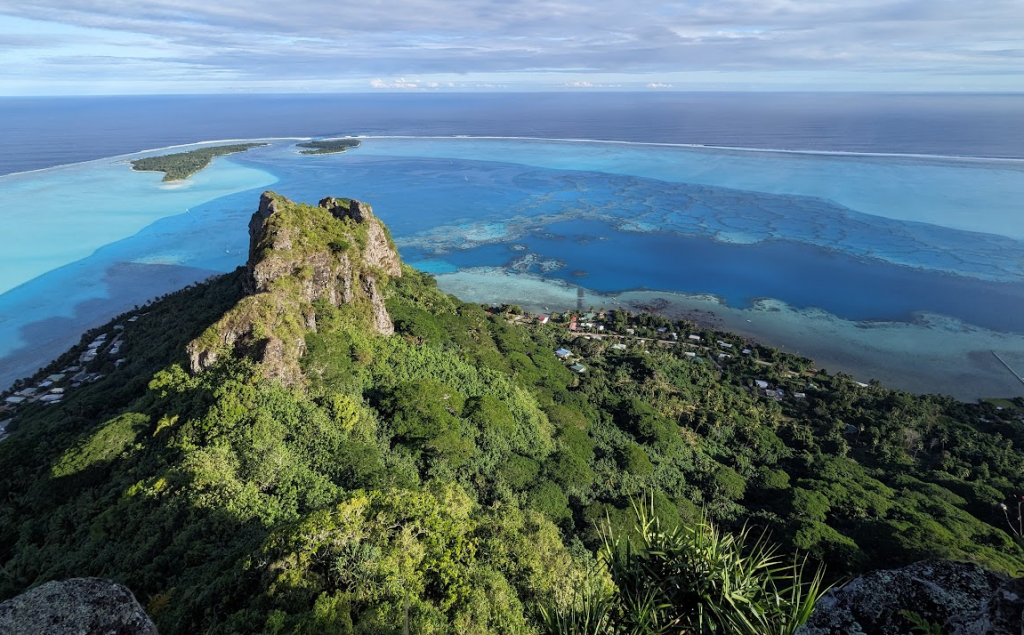
We happened to be there for the start of their annual festival, called Heiva (means “community gathering”), which runs for about four weeks. It includes traditional dancing, a volleyball tournament, a triathlon, a bicycle race, and of course, tautai puputi, tautai pito, tautai puito, hira’a tarao (vahine), patia fa (tane-vahine), and a lot of other things on the calendar, which is all in Tahitian, and which we missed because they all happened after we left. We think they do a lot of carrying of things in races: carrying big stones, carrying fruit, carrying wives (all true, by the way). We did get to witness the traditonal dancing on opening night, by two local groups (one group of kids and one of mostly middle-age women), and a few groups from some of the other islands. It wasn’t a competition, just an exhibition, and it was really fun to watch. The costumes alone would have made it worthwhile.
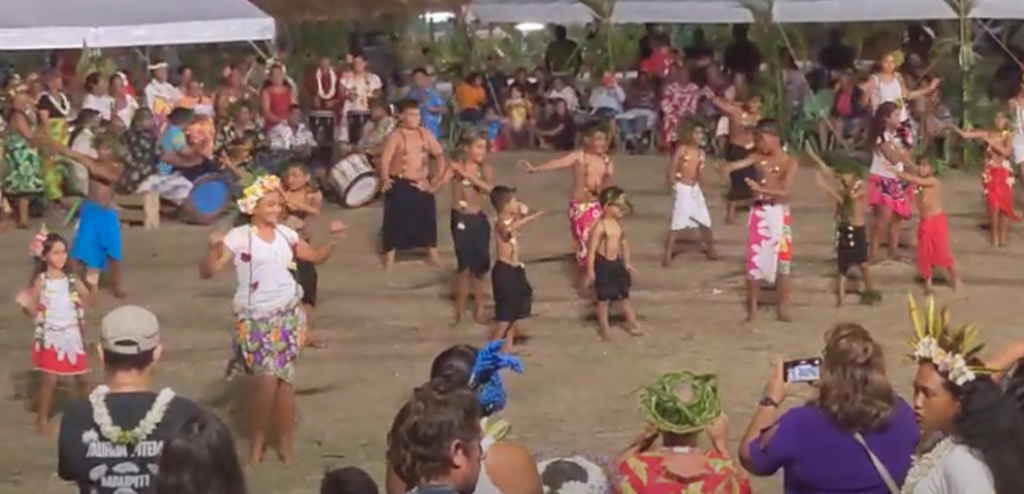
We stayed in an airbnb owned and operated by “John” (Jean, really), who speaks very little English, to match our almost non-existent French, but we made it work. We had half of his house, totally separate and private, with a full kitchen, living room, nice big bathroom with plenty of hot water in the shower (much appreciated considering how much time we spent diving and snorkeling), and three beds to choose from. No A/C, but plenty of fans, and like all of the other islands we’ve visited here that have a mountain in the middle, that’s all you need, because after the sun goes down, the temperature drops into the comfortable sleeping range. His sister and dad also live in his side of the house, but neither of them speak any English, so our conversations with them were limited to a cheerful exchange of “Ia Orana!” whenever we’d see them.
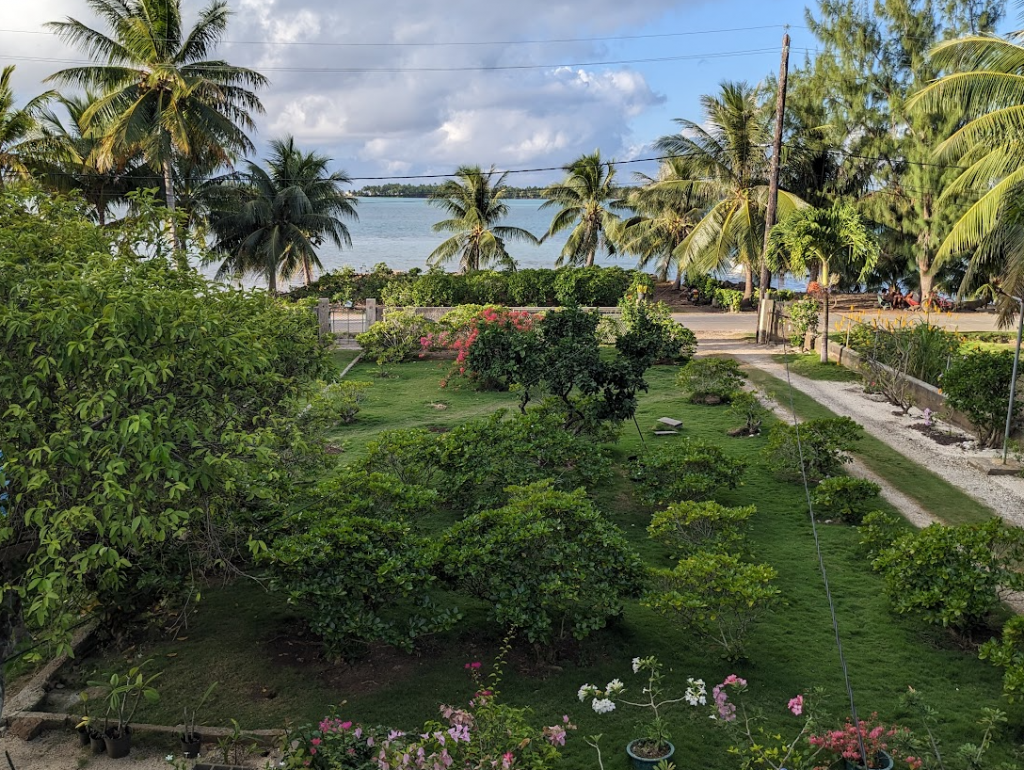
While all of the above made for a really good week, I have to say that the real highlight for us was MANTA RAYS!!!!! Prior to this trip, we had never been in the water – scuba diving nor snorkeling – with manta rays, and they had been in the top three on our wish list of critters to dive with. (The other two being whale sharks and any sort of whale.) We saw one, very briefly, on a snorkel in Galapagos, and another, very briefly, on a scuba dive on Rangiroa. But we didn’t get a real manta ray encounter until Maupiti.
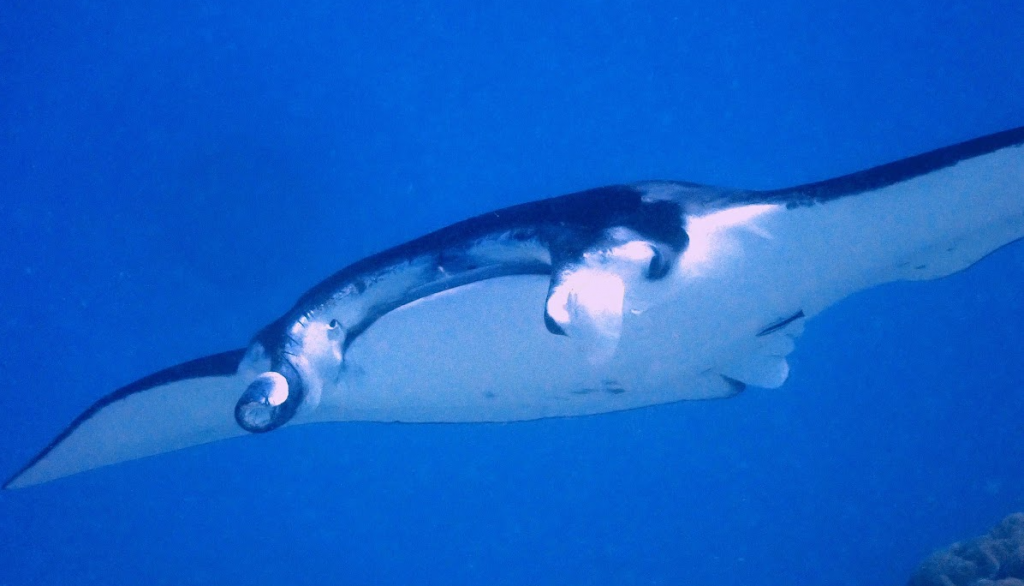
The first was while scuba diving with Maupiti Diving, the only dive operator on the island. Teddy, the owner, speaks English more than good enough to take us diving. Another of the divers that day is French but lives in Spain, so we were able to communicate with her in Spanish fairly well. (Much, much better than we were able to communicate with anyone in French!) We were scheduled for two dives, but the aforementioned pass between the lagoon and the ocean was really rough, so we did only the lagoon dive. But that was OK with us, because the lagoon dive is really the manta ray dive. It starts on the mooring ball between the two manta “cleaning stations”, and you visit them both, hoping to catch one or more rays getting their daily cleaning.
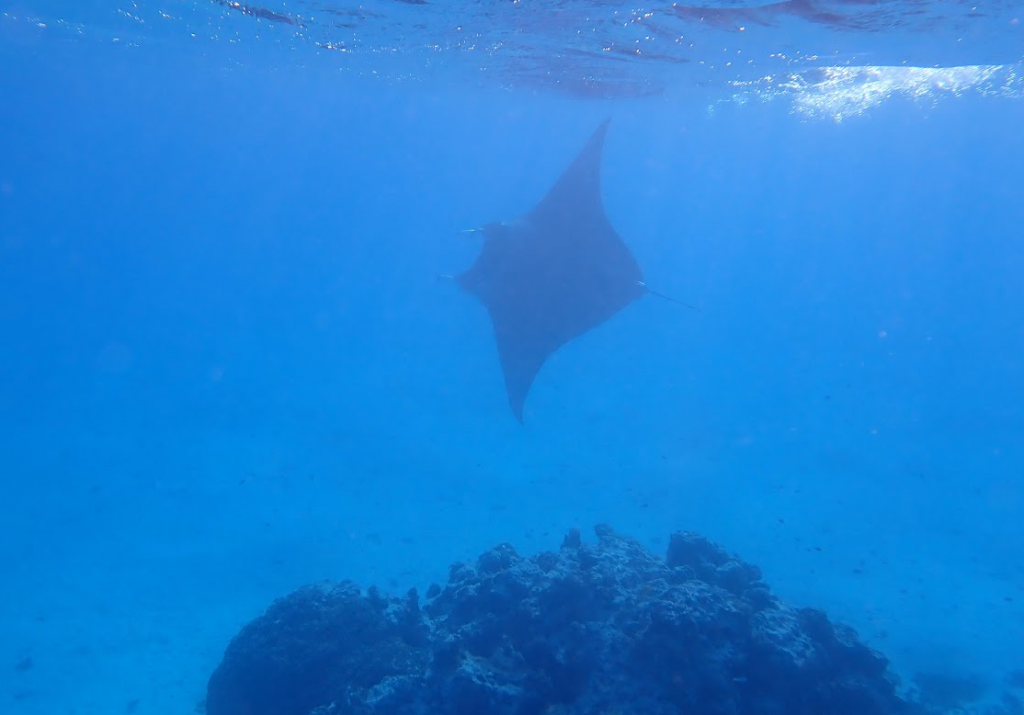
In case you’re not familiar with a “cleaning station”, it’s a place in the ocean where one or more small fish live and offer “cleaning services” to bigger fish, turtles, sharks, etc. The big fish come and hang out, and open their mouths, and sit still, while the little fish swim inside their mouths and clean the big fish’s teeth, tongue, gills, gill plates, and any parts of their exterior that need cleaning. Of course, the little fish aren’t using brushes and soap – they’re actually eating tiny parasites and bits of algae. The first time I heard about this, I was sure I was having my leg pulled, but then I saw it, and have since seen it hundreds of times, and it’s really quite amazing.
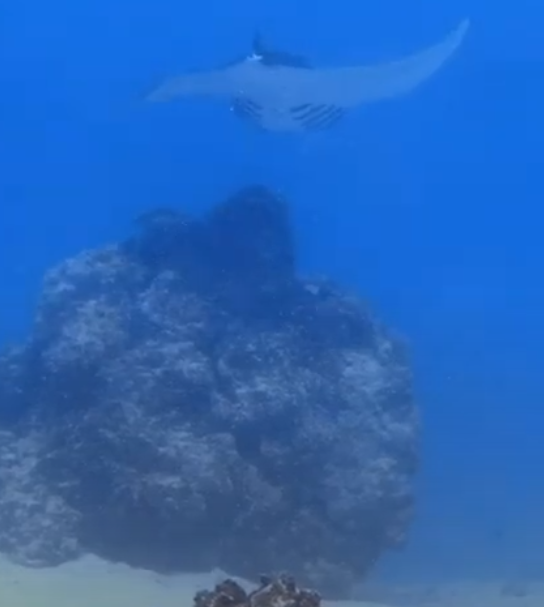
There are multiple cleaning stations in the Maupiti lagoon that are frequented by manta rays, and we dove on two of them. And there was a manta ray on one of them! We dove to the bottom and laid on the sand, about 25 feet from the coral head where the cleaning takes place, and just watched it happen. The rays very, very slowly flap their wings and swim around in small, slow circles, so the cleaners can do their job. On this first dive, we saw one ray get cleaned for about 5 minutes before it swam off. But we were stoked! We finally got a real manta ray encounter!
The next day, we did the same thing, but were rewarded with a much longer encounter – at least 15 minutes with a ray on one cleaning station, which then swam to another one nearby, where we got to watch it for another five minutes. When it left, it swam right by Fran, who got a great video of it, which you can see by clicking here.
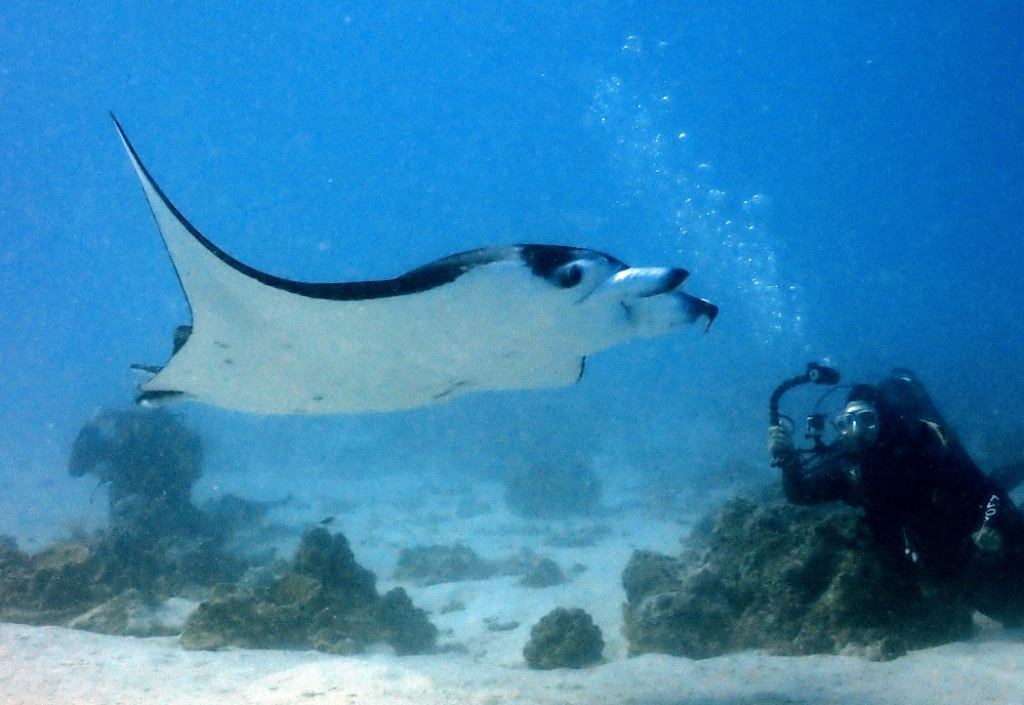
On our last day on Maupiti, we did an all-day excursion with John, which started with him finding a manta swimming leisurely along the sand in 10 feet of crystal clear water, so we snorkeled along above it for several minutes. Then I dove down to get a closer photo, which spooked it and off it went. But John found another one almost immediately, so we followed and filmed it for several more minutes. But then, John put us on the cleaning station he knows about, and there were two mantas getting their daily hygiene, and then there were three! The water wasn’t as clear in that spot, but we were in no more than 15 feet of water, and they were above the corals, so no more than about 8 feet deep, almost directly under us. We hung out there for at least 20 minutes, in awe of their grace in the water, and so very thankful to finally have this opportunity. We got back in the boat only after we started to get cold, with cameras full of photos and videos, which you can see in the link at the end of this post.

The rest of John’s excursion included snorkeling in a gorgeous coral garden with gin-clear water and only about four feet deep at most. Tons of healthy coral, and that always means hundreds of beautiful tropical fish. John plucked a giant clam from the bottom and served it up raw with a little lime juice. Not a lot of flavor, and quite chewy, like conch if you’ve ever had that in the Bahamas. He took us to his “camp” – a big plot of land on one of the motus (small islands) that surround most of the main island. He harvests coconuts into copra there, and his dad grows vanilla there. He also makes “Tahitian beer” there: water, sugar, and bananas in a big plastic barrel for about a month, which ferments into an alcoholic beverage that I would describe as “unpretentious but robust, earthy, with a hint of banana, and enough alcohol to knock you on your ass if you drink very much of it.”
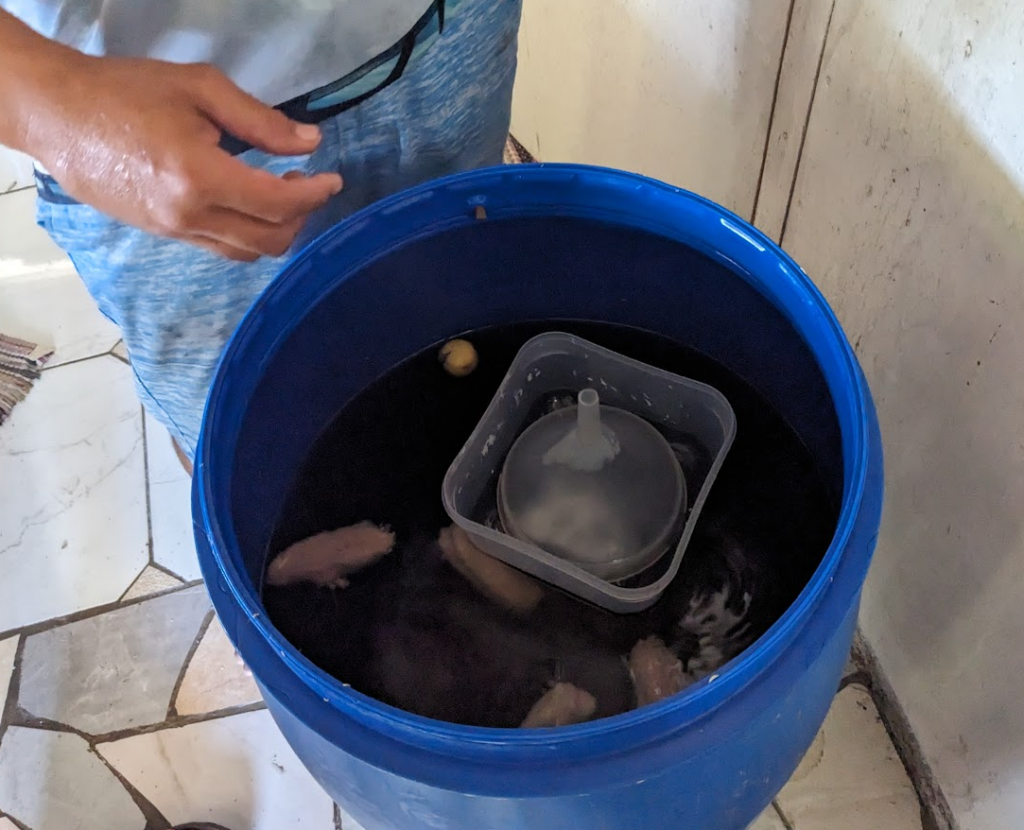
We ended that day at John’s sister’s plot of land on another motu. She had prepared an island feast for us – grilled fish, tuna sashimi, grilled lobster, and poisson cru au lait du coco, served with rice, boiled manioc (aka tapioca) root, the ubiquitous frites (french fries), and ripe red banana for dessert. We got a tour of her chicken coop, where she has about 300 hens for egg production, which she sells to the local grocery stores. And she taught us how to weave coconut palm fronds into serving trays. We’ve done a lot of excursions on this trip that follow a similar model – take people snorkeling, feed them some local food, show them some local craft-making, etc. – and this one with John was as good as any of them, anywhere. Maybe it’s because Fran and I were his only passengers, maybe it’s because he was so enthusiastic about everything he showed us, or maybe it’s because of the MANTA RAYS – I can’t say for sure. But if you ever go to Maupiti, you really should stay with John and do his excursion – it will be as authentic a glimpse of traditional French Polynesian life as you’re likely to get anywhere.
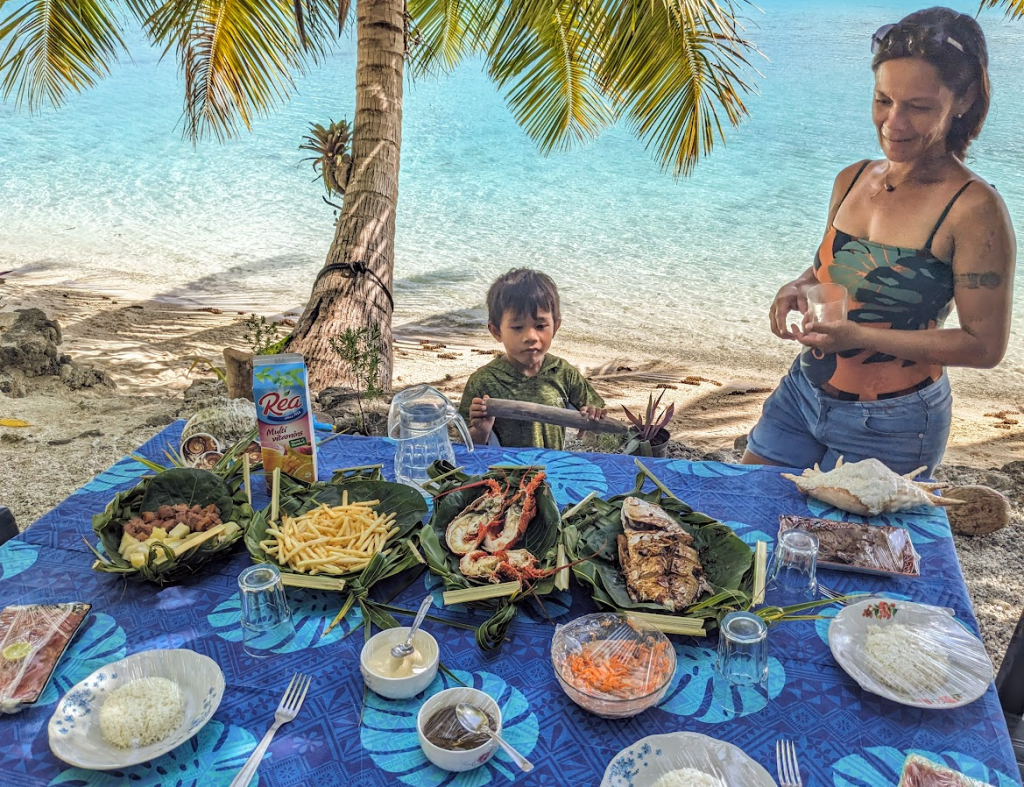
We packed a lot into our six days on Maupiti. Click here to see all the pictures and videos!
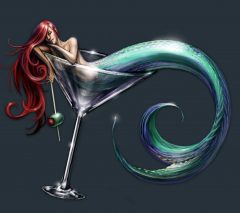
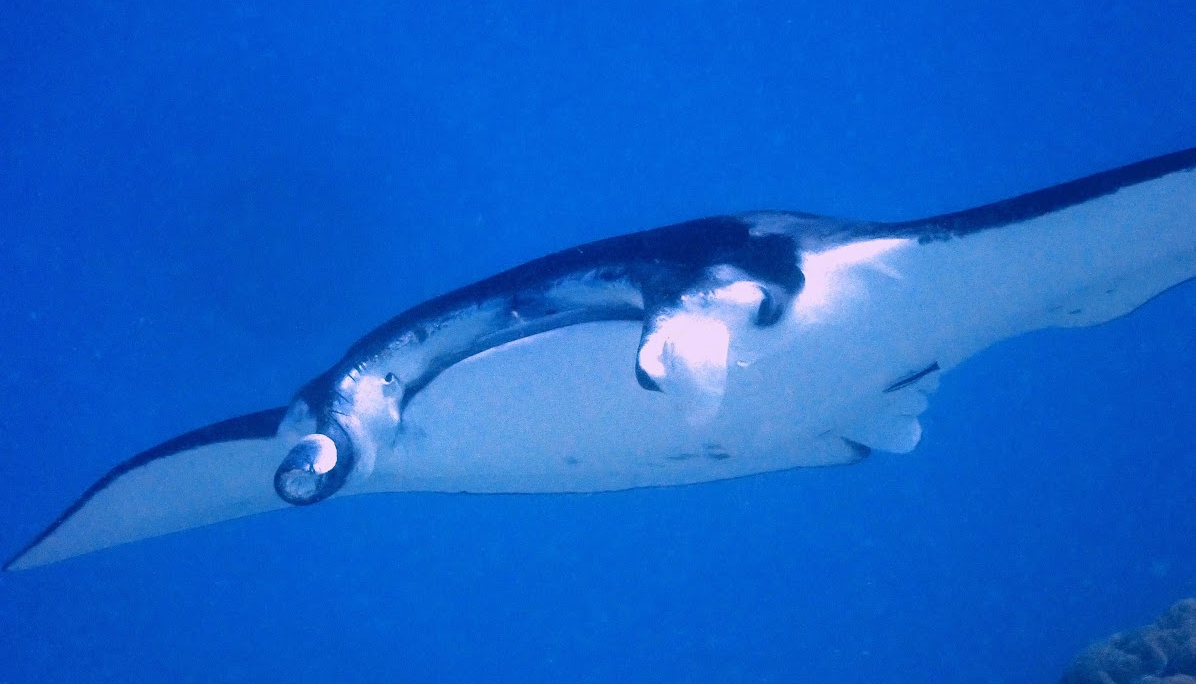
“Raiatea from the #1 spot on our list of islands in FP where we would choose to live for two years – but if we ever return to FP”
You’re thinking about it, aren’t you?
You two are the most intrepid couple I’ve ever known!
When are we going to see you two again?
Tad – That’s a hard “NO!”. It’s just a useful way to think about how much you like a place. We love living in the Lower Keys and are getting more and more eager to be back every day. Besides, to live here, you’d have to speak French, and there’s no way I’m going to learn a new language at my age!
Look for us at Trivia on July 18!
loved it
Thanks, Bill! Diving with the mantas was fantastic – I’m sure you’ve done it, so you know.
I’m glad you were able to check the mantas off your list. They are so incredibly graceful!
We’ve seen some really cool stuff in the water – big bunches of sharks, turtles, octopus, penguins, sea lions, marine iguanas, and countless gorgeous little fish. But we’ve never felt about any of them the way we felt being in the water, that close for that long, with those rays!